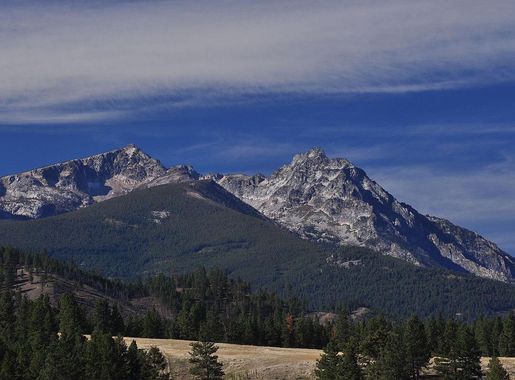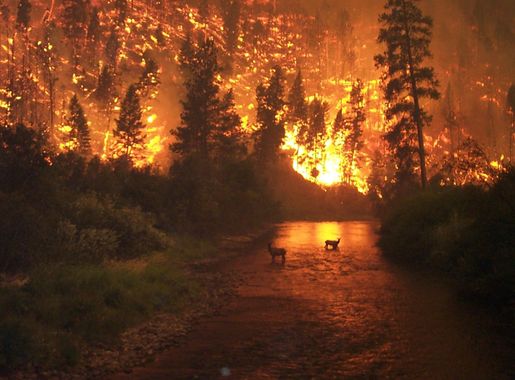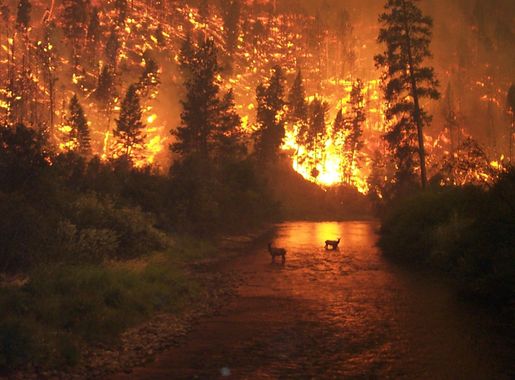
The Untamed Beauty of Bitterroot National Forest
Discover the unspoiled wilderness of Bitterroot National Forest in Montana, where adventure awaits amidst stunning landscapes and abundant wildlife.
Bitterroot National Forest, located in the heart of Montana, is a sprawling expanse of over 1.6 million acres that offers a breathtaking natural retreat for outdoor enthusiasts. This vast woodland is named after the state flower of Montana, the Bitterroot, and it is a paradise for hikers, campers, and wildlife watchers. The forest is home to a diverse range of flora and fauna, making it an ideal spot for nature lovers. Visitors can explore the extensive network of trails that weave through the forest, including parts of the famous Continental Divide National Scenic Trail. The trails offer varying levels of difficulty, catering to both novice hikers and seasoned adventurers. Along the way, you can enjoy stunning vistas of rugged mountain peaks, pristine lakes, and lush valleys. The Selway-Bitterroot Wilderness, one of the largest wilderness areas in the contiguous United States, is a highlight of the forest. It is a haven for those seeking solitude and a true backcountry experience. Fishing, hunting, and bird watching are popular activities here, with numerous species to observe in their natural habitat. Whether you're camping under the stars or simply enjoying a day trip, Bitterroot National Forest provides a serene and unforgettable experience.
Local tips in Bitterroot National Forest
- Check for trail conditions and weather updates before heading out.
- Carry bear spray and know how to use it; wildlife encounters can happen.
- Bring plenty of water and high-energy snacks for your hikes.
- Wear sturdy hiking boots for better traction on uneven terrain.
- Consider visiting in the fall for beautiful foliage and cooler temperatures.
The Untamed Beauty of Bitterroot National Forest
Bitterroot National Forest, located in the heart of Montana, is a sprawling expanse of over 1.6 million acres that offers a breathtaking natural retreat for outdoor enthusiasts. This vast woodland is named after the state flower of Montana, the Bitterroot, and it is a paradise for hikers, campers, and wildlife watchers. The forest is home to a diverse range of flora and fauna, making it an ideal spot for nature lovers. Visitors can explore the extensive network of trails that weave through the forest, including parts of the famous Continental Divide National Scenic Trail. The trails offer varying levels of difficulty, catering to both novice hikers and seasoned adventurers. Along the way, you can enjoy stunning vistas of rugged mountain peaks, pristine lakes, and lush valleys. The Selway-Bitterroot Wilderness, one of the largest wilderness areas in the contiguous United States, is a highlight of the forest. It is a haven for those seeking solitude and a true backcountry experience. Fishing, hunting, and bird watching are popular activities here, with numerous species to observe in their natural habitat. Whether you're camping under the stars or simply enjoying a day trip, Bitterroot National Forest provides a serene and unforgettable experience.
When is the best time to go to Bitterroot National Forest?
Iconic landmarks you can’t miss
Daly Mansion
Explore the rich history and stunning beauty of Daly Mansion, a premier museum in Hamilton, Montana, showcasing the elegance of the late 19th century.
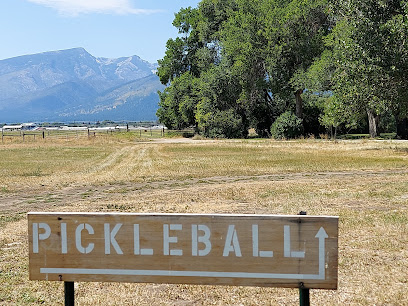
Selway-Bitterroot Wilderness
Explore the breathtaking landscapes of Selway-Bitterroot Wilderness, a national treasure for hiking, camping, and wildlife spotting in Idaho and Montana.
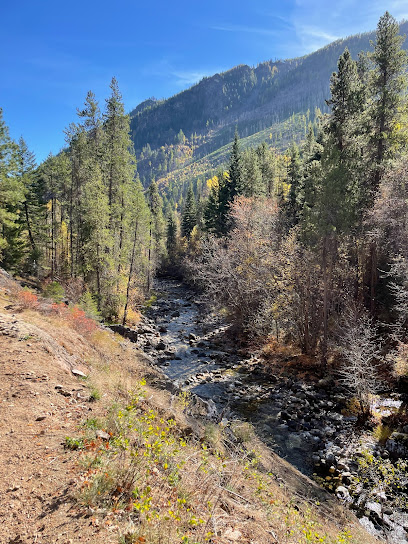
Painted Rocks State Park
Experience the stunning landscapes and vibrant geological formations of Painted Rocks State Park, a hidden gem in the heart of Montana.
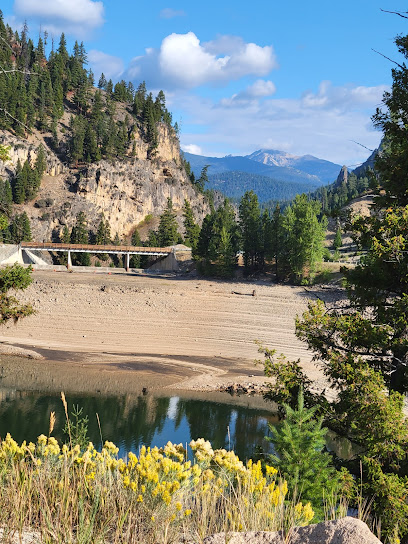
Historic St. Mary's Mission
Discover the rich history and serene beauty of Historic St. Mary's Mission, a landmark in Stevensville, Montana, showcasing early missionary life and indigenous culture.
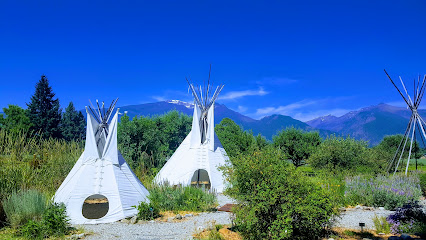
Trapper Peak
Discover Trapper Peak: A breathtaking mountain escape in Montana, perfect for hiking, wildlife watching, and immersing yourself in nature's beauty.

Darby Pioneer Memorial Museum
Explore the Darby Pioneer Memorial Museum for an insightful journey into the history and culture of Montana's pioneers and their legacy.
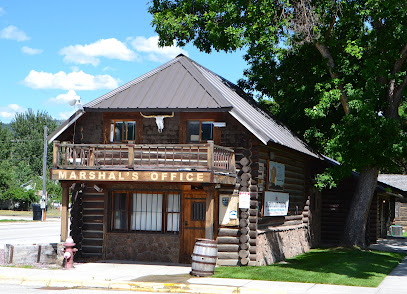
West Fork Ranger Station
Discover the natural beauty and outdoor adventures at West Fork Ranger Station in Montana, your gateway to the Bitterroot National Forest.

Unmissable attractions to see
Daly Mansion
Explore the grandeur of Daly Mansion in Hamilton, Montana, a historic estate surrounded by beautiful landscapes and rich history.
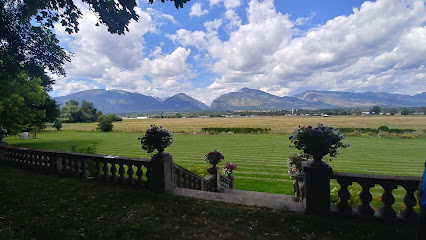
Lee Metcalf National Wildlife Refuge
Experience the serene beauty of Lee Metcalf National Wildlife Refuge, a sanctuary for wildlife enthusiasts and nature lovers in Montana.
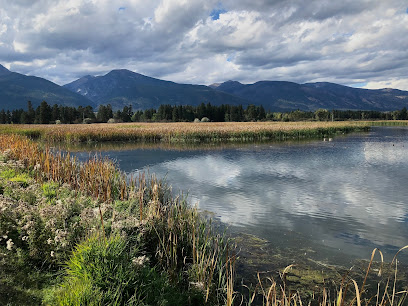
River Park
Experience the tranquility of River Park in Hamilton, Montana, where nature, recreation, and relaxation come together in perfect harmony.
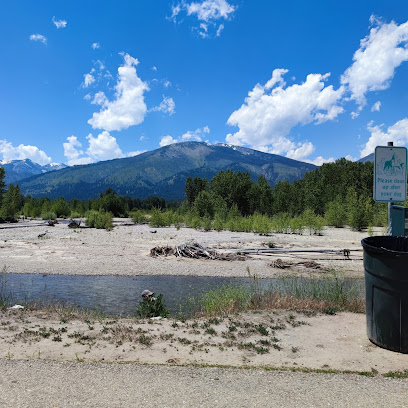
Claudia Driscoll Park
Explore the natural beauty and tranquility of Claudia Driscoll Park in Hamilton, Montana—a perfect retreat for relaxation and outdoor activities.
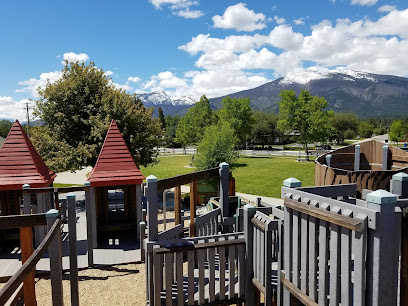
Kiwanis Park
Discover the tranquil beauty of Kiwanis Park in Hamilton, Montana, a perfect spot for nature lovers and outdoor enthusiasts.
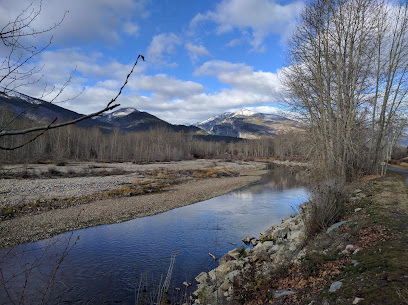
Selway-Bitterroot Wilderness
Discover the breathtaking landscapes and rich biodiversity of Selway-Bitterroot Wilderness, Idaho's pristine natural sanctuary for outdoor adventures.
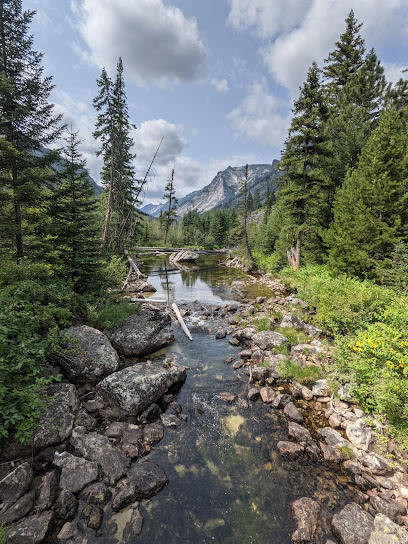
Blodgett Trailhead
Explore the breathtaking trails of Blodgett Trailhead in Montana, where stunning landscapes and outdoor adventures await every visitor.
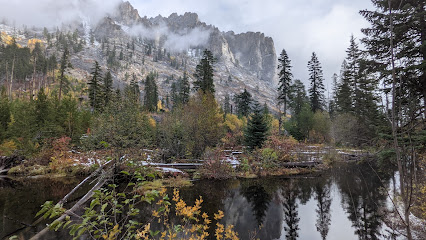
Painted Rocks State Park
Explore the mesmerizing beauty of Painted Rocks State Park, where vibrant rock formations meet breathtaking landscapes in Montana's wilderness.
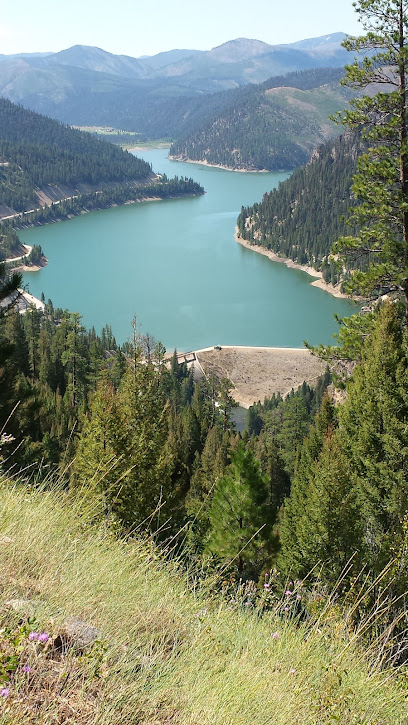
Bitterroot River Park
Experience the serene beauty of Bitterroot River Park in Stevensville, Montana, where nature meets adventure in a stunning outdoor setting.
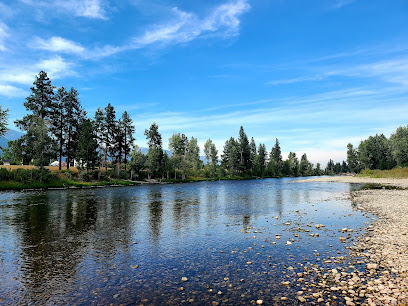
Blodgett Overlook Trailhead
Discover the stunning beauty of Blodgett Overlook Trailhead in Montana, a premier hiking destination with breathtaking views and diverse wildlife.
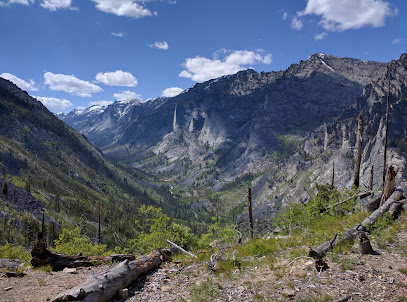
Historic St. Mary's Mission
Explore the captivating history at Historic St. Mary's Mission, a significant cultural landmark in Stevensville, Montana, showcasing early settler life.
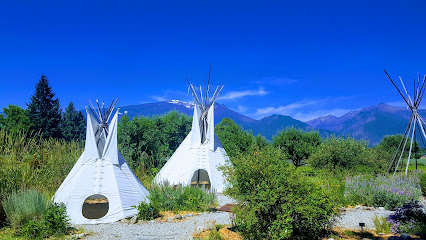
Sweathouse Creek Trail
Explore the breathtaking Sweathouse Creek Trail in Victor, Montana, a hidden gem for hiking enthusiasts and nature lovers amidst stunning landscapes.

Skalkaho Bend Park
Explore the natural beauty and tranquility of Skalkaho Bend Park in Hamilton, Montana, perfect for outdoor enthusiasts and families alike.
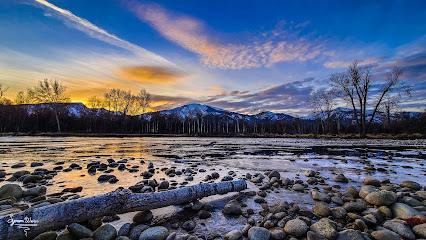
Hieronymus Park
Explore Hieronymus Park in Hamilton, MT: A serene retreat with stunning landscapes, perfect for picnics, walks, and family fun.
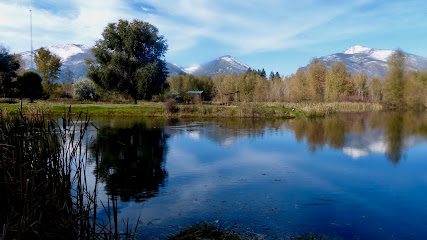
Ward Mountain Trailhead
Discover the breathtaking trails and stunning views at Ward Mountain Trailhead, a hiking paradise near Hamilton, Montana, perfect for outdoor enthusiasts.

Essential places to dine
Nap's Grill
Discover Nap's Grill: A culinary delight in Hamilton offering gourmet burgers and American classics in a warm and inviting atmosphere.
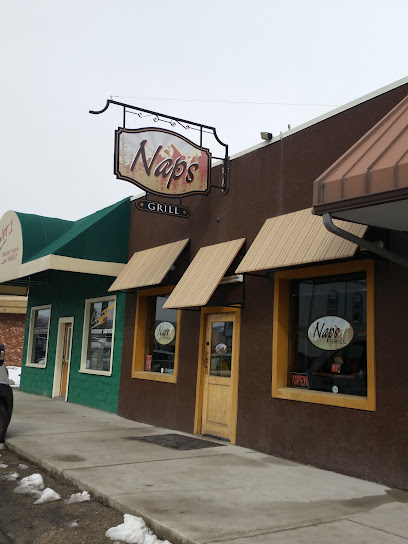
Coffee Cup Cafe
Experience delightful breakfasts and warm hospitality at Coffee Cup Cafe in Hamilton, Montana – your perfect stop for comfort food.
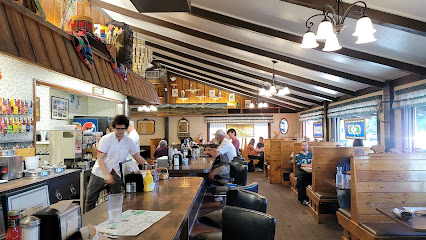
Fiesta En Jalisco
Experience authentic Mexican cuisine at Fiesta En Jalisco in Hamilton - where every meal is a festive celebration!
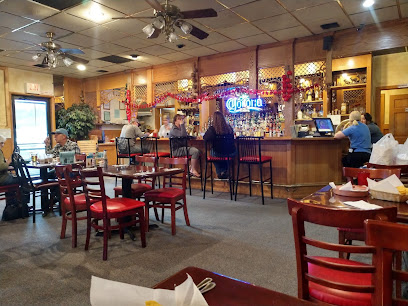
McDonald's
Experience fast food favorites at McDonald's in Hamilton; where quality meets convenience amid stunning Montana landscapes.
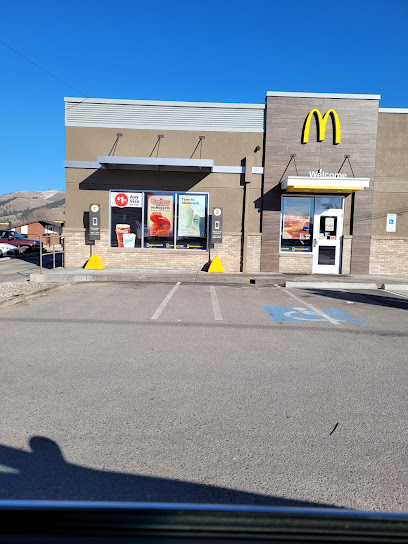
Taco Bell
Experience affordable Tex-Mex flavors at Taco Bell in Hamilton - perfect for travelers seeking quick and delicious meals.
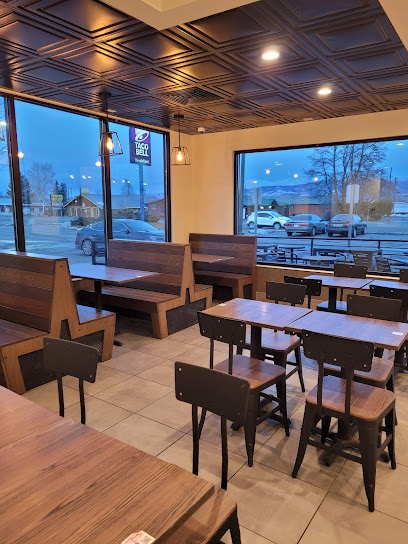
Kodiak Jax II
Experience delicious pizzas and diverse dishes at Kodiak Jax II in Hamilton, MT - a must-visit spot for food lovers.

Backyard Tap House
Experience delightful dining at Backyard Tap House in Florence, Montana - where craft beer meets mouthwatering cuisine in a friendly atmosphere.
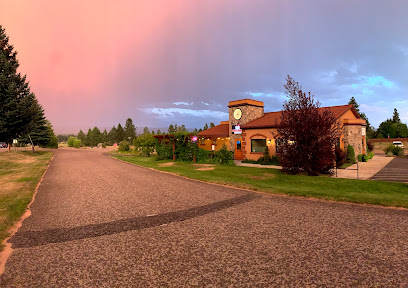
Bitter Root Brewing
Experience the best of local craft brewing at Bitter Root Brewing in Hamilton, Montana - where great beer meets delicious food.
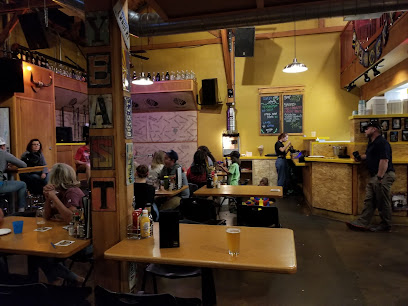
Moose Creek BBQ
Experience the authentic taste of Southern barbecue at Moose Creek BBQ in Stevensville, Montana—where flavor meets hospitality.
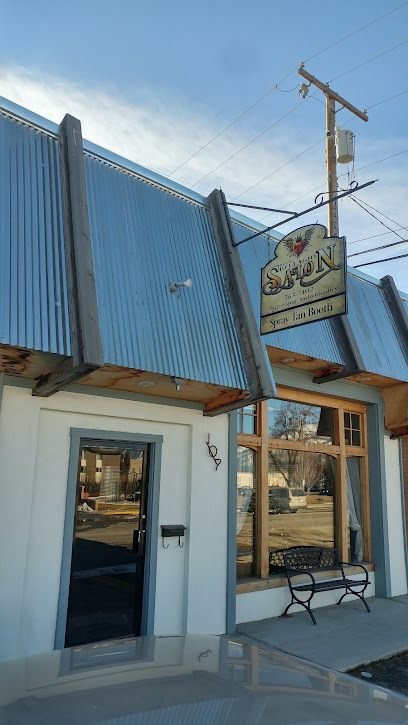
KFC
Savor delicious fried chicken and comfort food at KFC in Hamilton - your perfect stop after exploring Montana's stunning landscapes.
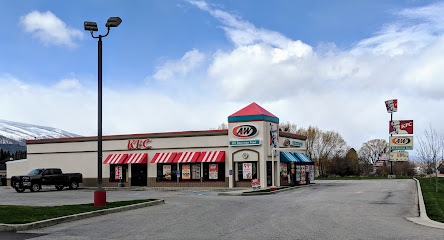
Wild Mare
Experience top-notch steaks and warm hospitality at Wild Mare in Corvallis, Montana – a true culinary delight!
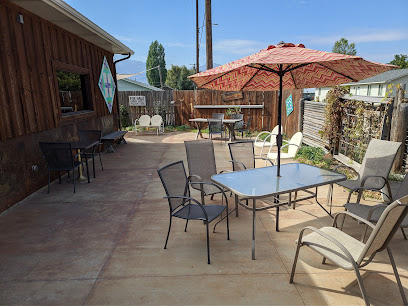
Taco Del Sol
Discover authentic Mexican flavors at Taco Del Sol in Hamilton - where every bite transports you to Mexico with delicious tacos and refreshing drinks.
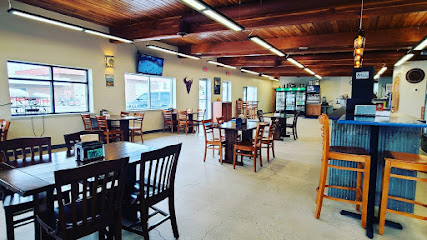
Bouilla
Discover Bouilla in Hamilton, MT - where local flavors meet warm hospitality for an unforgettable dining experience.
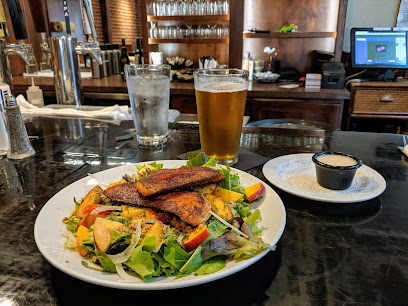
Higherground Brewing Co.
Experience exceptional craft beers and delicious cuisine at Higherground Brewing Co., Hamilton's premier brewery offering unique flavors in a welcoming atmosphere.
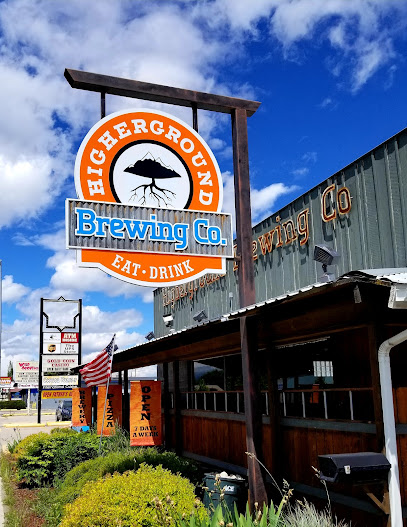
Maria's
Experience culinary excellence at Maria's in Hamilton, Montana—where fresh ingredients meet heartfelt hospitality.
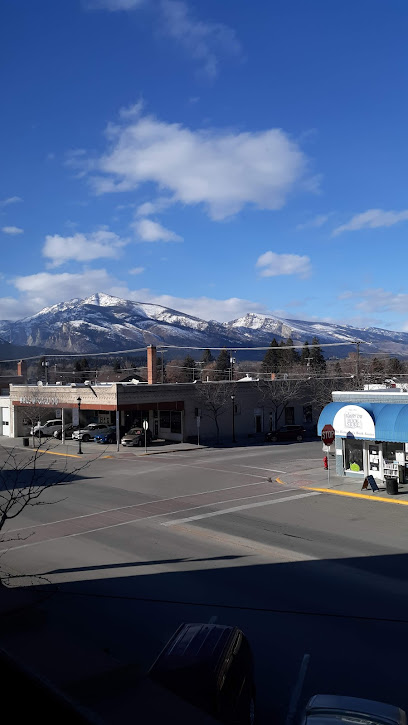
Markets, malls and hidden boutiques
Old West Antiques & Candy Store
Explore the charm of the Old West with unique antiques and delightful candies at Old West Antiques & Candy Store in Darby, Montana.
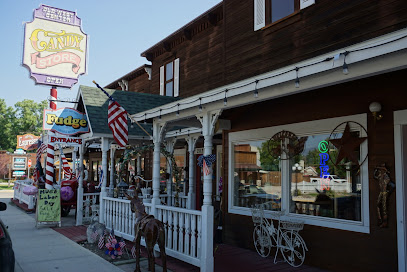
Between the Worlds
Explore the enchanting 'Between the Worlds' in Hamilton, MT, your go-to metaphysical supply store for crystals, tarot cards, and spiritual artifacts.
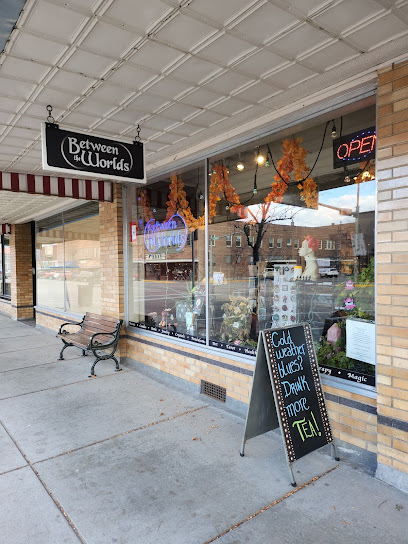
The Closet Boutique and Gifts
Explore The Closet Boutique and Gifts for unique women's clothing and local treasures in the heart of Hamilton, Montana.
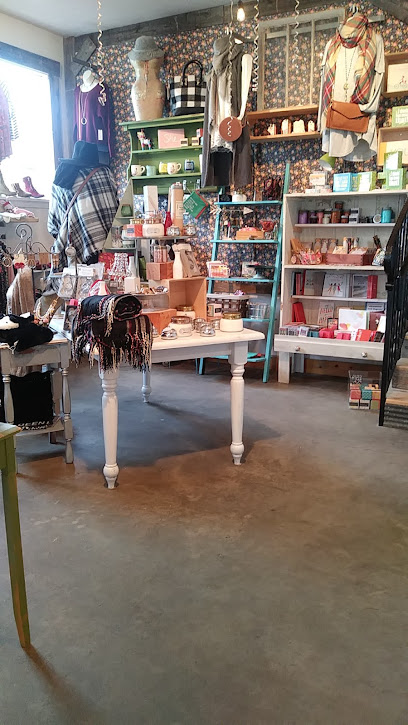
Bitterroot Antique Mall
Uncover unique antiques and vintage treasures at Bitterroot Antique Mall in Hamilton, Montana, a must-visit destination for collectors and history lovers.
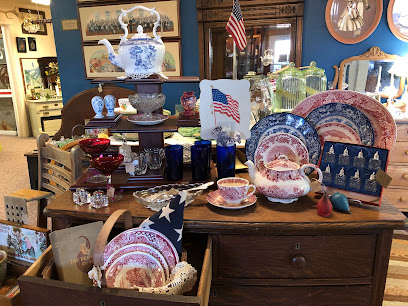
Connor Market
Explore the rich flavors of Montana at Connor Market, a gourmet grocery store and deli offering local delights in a charming setting.

Yours Mine & Ours Kid Store
Explore Yours Mine & Ours Kid Store, a delightful shopping haven in Hamilton, Montana, for unique children's clothing, toys, and gifts.

Mr T's Mercantile
Discover quality outdoor gear and local craftsmanship at Mr T's Mercantile, your go-to sporting goods store in beautiful Darby, Montana.
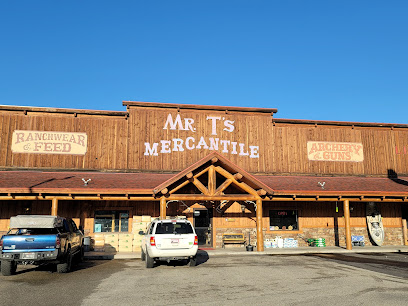
Robbins Hallmark Shop
Discover unique gifts, beautiful cards, and festive decorations at Robbins Hallmark Shop in Hamilton, MT, perfect for every occasion.
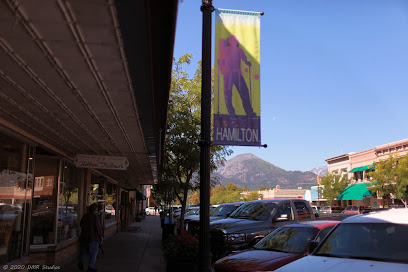
Stone Cottage
Explore the artistic treasures of Hamilton at Stone Cottage, a unique gift shop featuring local pottery and art that captures the spirit of Montana.
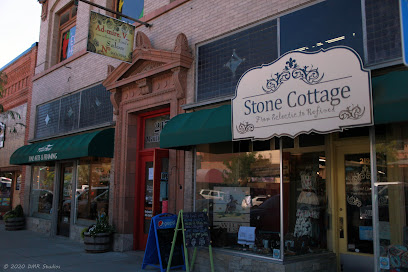
Double H Custom Hat Co
Explore Double H Custom Hat Co in Darby, Montana, where unique craftsmanship meets personalized service for the perfect hat.
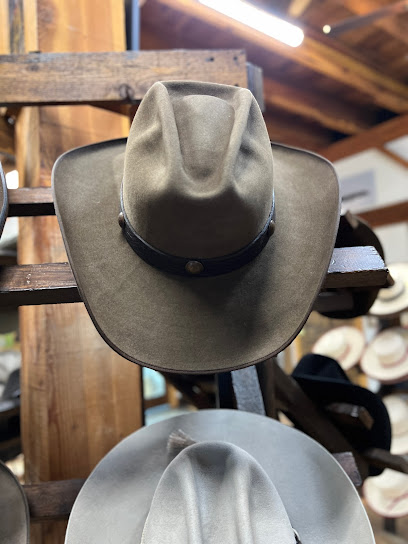
West Fork Mountain Crafts
Discover the artistic essence of Montana at West Fork Mountain Crafts, where local craftsmanship meets breathtaking natural beauty.
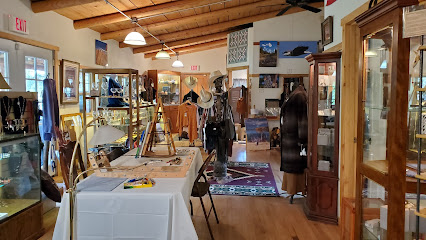
The Fluffy Butt Hut Bakery
Discover the delightful flavors of The Fluffy Butt Hut Bakery in Darby, Montana, where every bite is a taste of sweet heaven.
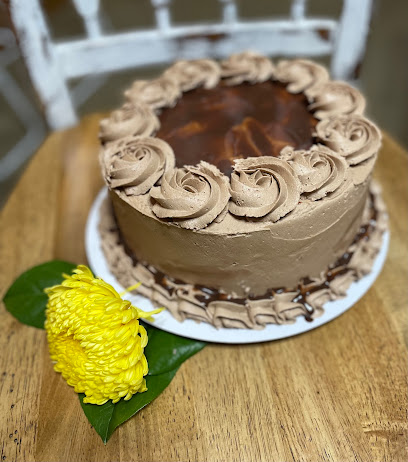
Burlap Chic Boutique & Gifts
Explore Burlap Chic Boutique & Gifts in Hamilton, MT for unique local treasures, stylish apparel, and charming gifts that celebrate Montana's artisan spirit.

Local Flair Darby
Explore Local Flair Darby for unique Montana souvenirs and handmade crafts that capture the spirit of the region.
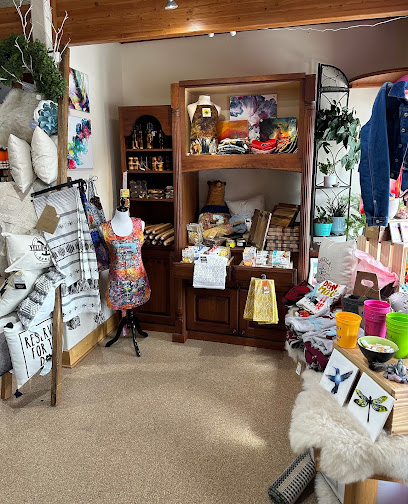
Copper Poppy Boutique
Explore Copper Poppy Boutique for unique fashion and accessories in the heart of Hamilton, Montana, and experience the local style.

Essential bars & hidden hideouts
Nap's Grill
Experience the heart of American cuisine at Nap's Grill in Hamilton, where delicious burgers and steaks meet a warm, inviting atmosphere.
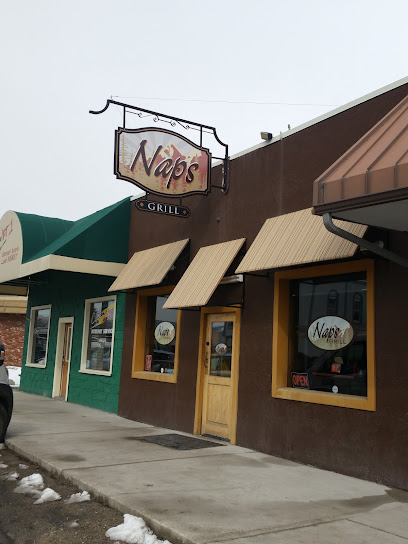
The Edge Restaurant & Sports Bar
Experience the best of Montana's culinary scene at The Edge Restaurant & Sports Bar in Hamilton, offering mouthwatering grilled dishes and a lively sports atmosphere.

CJ's Den
Discover CJ's Den in Stevensville, MT - a cozy grill serving delicious American cuisine with locally sourced ingredients in a welcoming atmosphere.
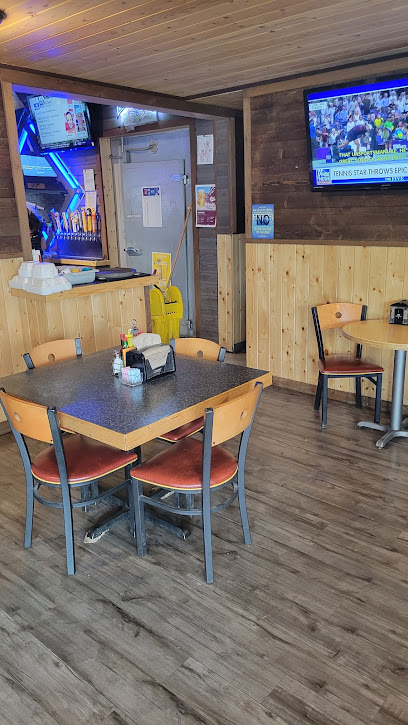
406 Saloon/ Big Cat Cafe
Discover the flavors and fun of the 406 Saloon & Big Cat Cafe in Darby, Montana – where great food meets lively entertainment.
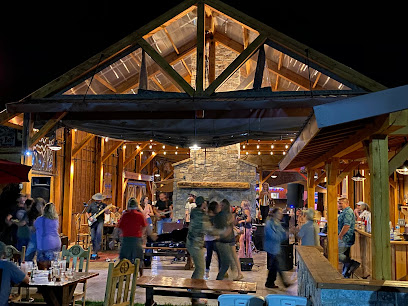
The Jack Saloon
Experience the charm of The Jack Saloon in Lolo, Montana - where delicious grill food meets the beauty of nature's playground.
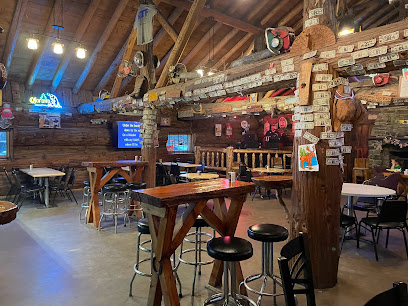
Cowboy Troy's
Experience the heart of Montana at Cowboy Troy's – a grill and bar serving delicious food and live music in a vibrant atmosphere.
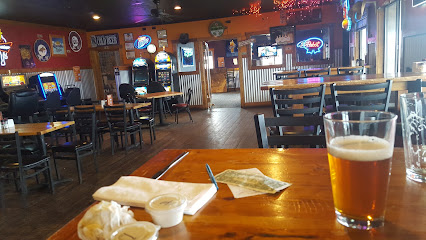
Old Montana Bar
Experience the rustic charm of Old Montana Bar in Saltese, where delicious food, local brews, and lively gaming come together for an unforgettable visit.
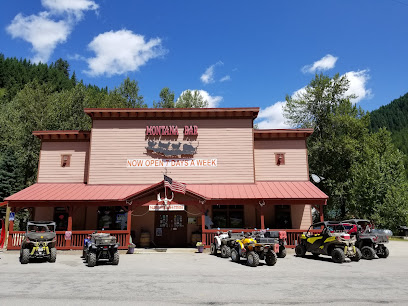
Bitter Root Brewing
Experience the finest craft beers and delicious bites at Bitter Root Brewing in the heart of Hamilton, Montana.

Hamilton House Pub & Restaurant
A warm and welcoming pub in Victor, Montana, serving hearty fare and local brews in a charming atmosphere perfect for tourists and locals alike.
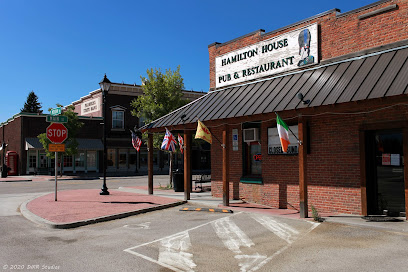
Four Aces Bar
Experience the heart of Montana at Four Aces Bar, where grill favorites and local vibes come together in a rustic setting.
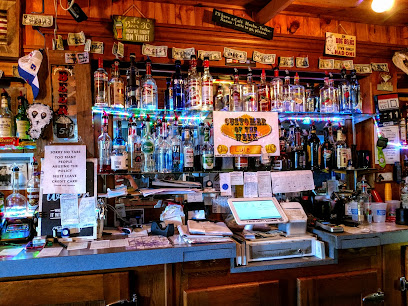
Tin Can Bar and Draft Room
Discover delightful grilled dishes and local brews at Tin Can Bar and Draft Room in Stevensville, a perfect spot for relaxation and good times.
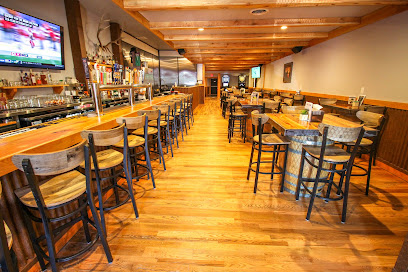
Brewski’s - Grill, Sports Bar, & Casino
Discover Brewski’s - a vibrant grill, sports bar, and casino in Hamilton, Montana, offering delicious food and thrilling gaming in one lively venue.
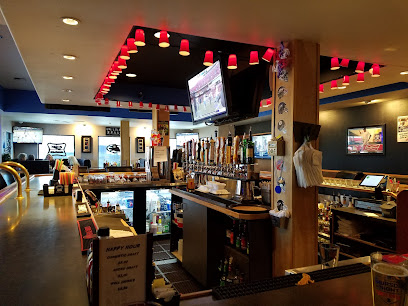
Ravalli Fun Center
Discover endless fun at the Ravalli Fun Center in Hamilton, Montana, featuring bowling, arcade games, and a lively pub atmosphere for all ages.
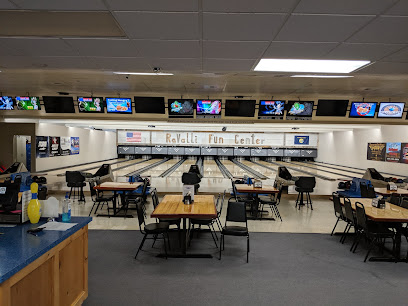
Antler Saloon
Discover the rustic charm of Antler Saloon in Wisdom, Montana, where local brews and a friendly atmosphere await every traveler.
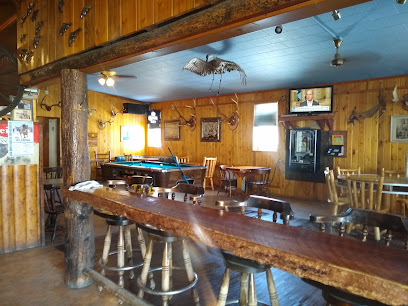
Sawmill Bar
Experience the charm of Montana at Sawmill Bar, where local brews and live music create the perfect evening atmosphere.
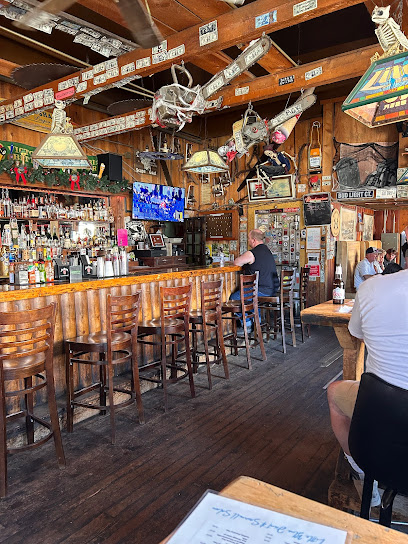
Local Phrases about Bitterroot National Forest
-
- HelloHowdy
[haw-dee] - GoodbyeSee ya
[see yah] - YesYup
[yuhp] - NoNope
[nohp] - Please/You're welcomePlease/Welcome
[pleez/wel-kum] - Thank youThanks
[thaynks] - Excuse me/SorryPardon
[par-dn] - How are you?Howdy
[haw-dee] - Fine. And you?Fine. And you?
[fahyn. and yuh?] - Do you speak English?Ya speak English?
[yah speek ing-glish?] - I don't understandDon't git it
[dont git it]
- HelloHowdy
-
- I'd like to see the menu, pleaseI wanna see the menu, please
[ah wahn-uh see thuh men-yoo, pleez] - I don't eat meatI don't eat meat
[ah dont eet meet] - Cheers!Cheers!
[cheers] - I would like to pay, pleaseI wanna pay, please
[ah wahn-uh pay, pleez]
- I'd like to see the menu, pleaseI wanna see the menu, please
-
- Help!Help!
[help] - Go away!Git outta here!
[git out-uh here] - Call the Police!Call the Sheriff!
[call thuh sher-iff] - Call a doctor!Get a doc!
[get uh doc] - I'm lostI'm lost
[ahm lost] - I'm illI'm sick
[ahm sik]
- Help!Help!
-
- I'd like to buy...I wanna buy...
[ah wahn-uh buy] - I'm just lookingJust lookin'
[just look-in] - How much is it?How much fer that?
[how much fur that] - That's too expensiveThat's too spendy
[thats too spend-ee] - Can you lower the price?Can ya drop the price?
[can yuh drop thuh price]
- I'd like to buy...I wanna buy...
-
- What time is it?What time is it?
[whut tahym iz it] - It's one o'clockIt's one o'clock
[its wun oh-klok] - Half past (10)Half past (10)
[haff past (ten)] - MorningMornin'
[morn-in] - AfternoonAfternoon
[af-ter-noon] - EveningEvenin'
[eev-nin] - YesterdayYest'day
[yest-day] - TodayToday
[tuh-day] - TomorrowTomorrah
[tom-or-uh] - 1One
[wun] - 2Two
[too] - 3Three
[three] - 4Four
[fawr] - 5Five
[fahyv] - 6Six
[siks] - 7Seven
[sev-uhn] - 8Eight
[eyt] - 9Nine
[nine] - 10Ten
[ten]
- What time is it?What time is it?
-
- Where's a/the...?Where's the...?
[wheres thuh] - What's the address?What's the address?
[whuts thuh ad-dress] - Can you show me (on the map)?Show me (on the map)
[show me (on thuh map)] - When's the next (bus)?When's the next (bus)?
[whens thuh nekst (bus)] - A ticket (to ....)A ticket (to ....)
[uh tik-it (to)]
- Where's a/the...?Where's the...?
History of Bitterroot National Forest
-
Long before European settlers arrived, the Bitterroot Valley was home to the Salish and Nez Perce tribes. These Indigenous peoples lived harmoniously with the land, relying on its rich resources for sustenance. The Bitterroot plant, after which the forest is named, held significant spiritual and nutritional value for the Salish people, who used its roots for food and medicinal purposes.
-
In 1805, the famed explorers Meriwether Lewis and William Clark traveled through the Bitterroot Valley during their Corps of Discovery expedition. Their encounters with the Salish tribe were peaceful, and the tribe provided the expedition with essential provisions and guidance. This historical event marked one of the first interactions between European-Americans and the native inhabitants of the Bitterroot region.
-
The Homestead Act of 1862 spurred a wave of settlers to the Bitterroot Valley, drawn by the promise of fertile land and abundant resources. Homesteaders cleared forests, established farms, and built communities, transforming the landscape. This period saw the establishment of towns such as Hamilton and Stevensville, which remain important cultural centers in the region today.
-
The completion of the Northern Pacific Railroad in the late 19th century was a pivotal moment for the Bitterroot Valley. The railroad facilitated easier access to the region, boosting economic development and population growth. It also played a critical role in the transport of timber, minerals, and agricultural products, shaping the local economy and infrastructure.
-
Bitterroot National Forest was officially established in 1897 as part of a broader conservation movement led by President Theodore Roosevelt. The forest was created to protect the valuable timber resources and preserve the natural beauty of the area. Over the years, the forest has expanded and now covers over 1.6 million acres, offering a sanctuary for wildlife and a haven for outdoor enthusiasts.
-
One of the most devastating forest fires in U.S. history, the Great Burn of 1910, swept through parts of the Bitterroot National Forest. This catastrophic event burned over three million acres across Montana, Idaho, and Washington, leading to significant changes in forest management practices. The fire's legacy is still evident in the forest's ecology and the fire prevention strategies employed today.
-
The Wilderness Act of 1964 had a profound impact on Bitterroot National Forest, leading to the designation of the Selway-Bitterroot Wilderness. This protected area preserves over 1.3 million acres of pristine wilderness, ensuring that future generations can experience the untouched beauty of the region. The act promotes conservation and responsible recreation, reinforcing the forest's status as a natural treasure.
-
In recent decades, Bitterroot National Forest has been the focus of numerous conservation initiatives aimed at protecting its diverse ecosystems and wildlife. Efforts include habitat restoration, invasive species management, and sustainable forestry practices. Community involvement and partnerships with environmental organizations have been crucial in preserving the forest's natural heritage for future generations.
Bitterroot National Forest Essentials
-
Bitterroot National Forest is located in southwestern Montana and eastern Idaho. The nearest major airport is Missoula International Airport (MSO), about 50 miles north of the forest. From Missoula, you can rent a car or take a shuttle service to the forest. If driving, U.S. Highway 93 runs along the eastern edge of the forest, providing convenient access.
-
While visiting Bitterroot National Forest, renting a car is the most practical option as public transportation is limited in the area. Roads are well-maintained, but be prepared for gravel and dirt roads in more remote areas. Biking and hiking are also popular ways to explore the forest. Be sure to check weather conditions and road closures before your trip.
-
The official currency in the United States is the U.S. Dollar (USD). Credit and debit cards are widely accepted, but it is advisable to carry some cash for use in remote areas and smaller establishments. ATMs are available in nearby towns such as Hamilton and Darby.
-
Bitterroot National Forest is generally a safe destination for tourists. However, always practice standard safety precautions. Avoid leaving valuables in your car, and be aware of wildlife. There are no specific high-crime areas targeting tourists, but it's always best to stay vigilant, especially when hiking or camping alone.
-
In case of emergency, dial 911 for immediate assistance. For non-urgent medical issues, the nearest hospitals are in Hamilton and Missoula. It is recommended to have travel insurance that covers medical emergencies. Carry a first-aid kit, and familiarize yourself with the location of the nearest ranger station.
-
Fashion: Do wear layers and sturdy shoes suited for hiking. Avoid wearing cotton clothing, as it retains moisture. Religion: Do respect any Native American cultural sites you may encounter. Public Transport: Do be aware that public transport options are limited; plan to rent a car. Greetings: Do greet people with a friendly 'hello' or 'hi.' Eating & Drinking: Do bring your own food and water when heading into remote areas. Leave no trace and pack out all garbage.
-
To experience Bitterroot National Forest like a local, visit in the shoulder seasons (spring and fall) to avoid crowds. Take time to explore lesser-known trails such as Blodgett Canyon and Sawtooth Creek. Engage with local rangers for insider tips on the best spots for wildlife viewing and photography. Don't miss the chance to fish or float on the Bitterroot River, a favorite local pastime.
Nearby Cities to Bitterroot National Forest
-
Things To Do in Butte
-
Things To Do in McCall
-
Things To Do in Helena
-
Things To Do in Polson
-
Things To Do in Big Sky
-
Things To Do in Sun Valley
-
Things To Do in Ketchum
-
Things To Do in Kalispell
-
Things To Do in Bozeman
-
Things To Do in Coeur d'Alene
-
Things To Do in Columbia Falls
-
Things To Do in Whitefish
-
Things To Do in Great Falls
-
Things To Do in Libby
-
Things To Do in Boise

